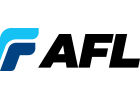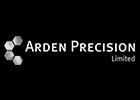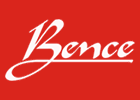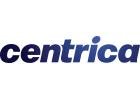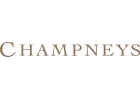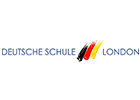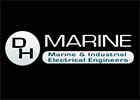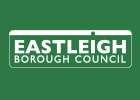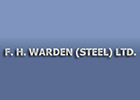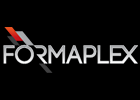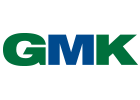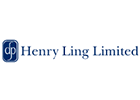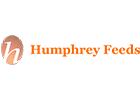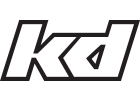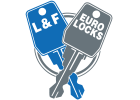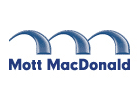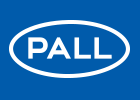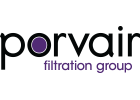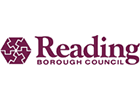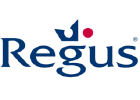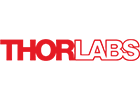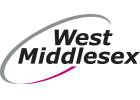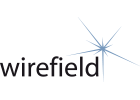Manufacturers & Suppliers of Energy Efficient Lighting
- Telephone: +44 (0) 1962 600 136
- Email:

-

 Request Price List
Request Price List
Energy Efficient Lighting
- Which Light Technology To Choose
- Induction Lamps & Ballasts Quality
- Induction Luminaire Compliance
- LED Luminaire Quality
- LED Luminaire Compliance
- Lighting Terminology
- A Brief History Of Lighting
Past & Present Clients
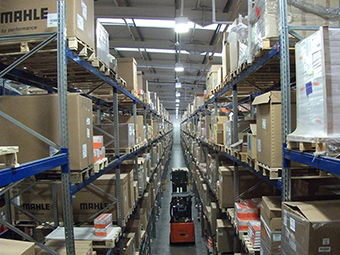
Which Light Technology To Choose
There are currently three types of energy efficient lighting technologies available on the market; LED (Light Emitting Diode), Induction (Electrode-less fluorescent) and T5 (fluorescent). While energy costs and carbon footprint are an important part of the equation when deciding which technologies to use, there is also another factor to account for; the maintenance of a luminaire is equally an important factor when choosing the right solution, which represents a significant on-going cost.
No one technology meets all applications for lighting and the consideration of area; height, spacing, environment, internal or external installation, lamp life, ease of lamp/ballast replacement, light level, lamp colour temperature are all factors to contemplate when choosing lamps and luminaires.
LED (Light Emitting Diode). Highest capital investment, lowest cost for energy consumption, average useable life 40,000 hours; optimum operating temperature -30oC to +25oC. Optimum use: low temperature areas; external lighting, low/high bay lighting, office lighting, ideal for presence detection.
LEDs are a directional light source and must be suspended at the correct height in order to achieve correct coverage of light. If not, they will cause intense spots of light. LEDs are a high in-rush inductive load.
Induction (Electrode-less Fluorescent lamp). Low capital investment, low cost for energy consumption, average useable life 60,000 hours @ >70% efficiency (expected 90,000 hours). Excellent light output, Optimum use: Low and high temperature areas; high bay lighting, low bay lighting, inspection lighting, external lighting, ideal for presence detection.
Induction lighting is a diffused light source which provides excellent photometrics, Induction lamps & ballasts; optium temperature -35oC to +60ºC (+80oC for our Utility/Tunnel light).
T5 (High Frequency Fluorescent lamp). Lowest capital investment, highest cost for energy consumption, average useful life of 17,500 hours, lowest light output resulting in more lamps required. Low cost to install, higher maintenance costs. Optimum use: Office lighting, corridors, not ideal for constant switching.

